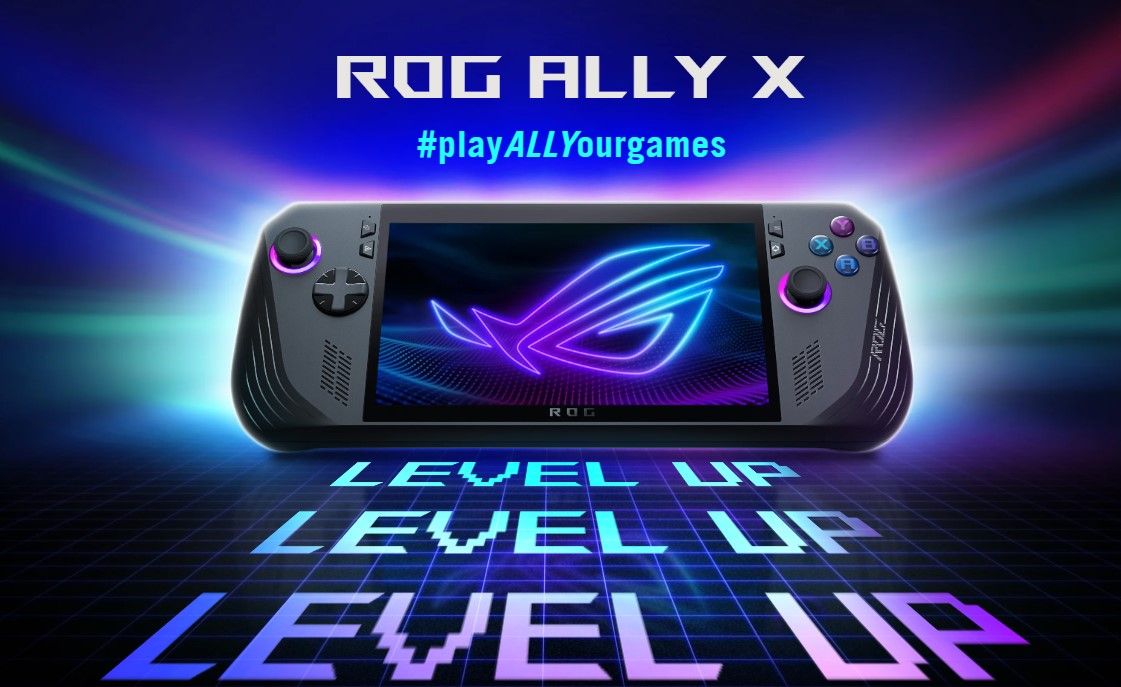From 9to5mac.com

Mark Gurman’s latest Power On newsletter suggests that Apple isn’t expected to launch a new Vision Pro (or Vision something) model until the end of 2026.
That follows another report last week, suggesting that demand for the spatial computer is far lower than Apple expected …
That combo could sound like bad news for the product, and certainly some have been dusting off the old ‘Apple is doomed’ mantra to declare the product a failure.
“The Apple distortion field is no longer holding up”
“I think they’ve really fallen victim to their own financial successes and don’t understand how average consumers think about cost-value propositions.”
“Billions in development, a decade of research, over a thousand patents, and they can’t create a demand for it for less than 100 days after launch.”
“No one asked for this, no one needs this, no one is willing to pay for this product.”
“It was dead from the start. Ridiculous product.”
The one hope, according to some, was that Apple would quickly figure out how to make a more affordable model, as well as address some of the criticisms levelled at the device.
We don’t actually know Vision Pro sales numbers
Let’s first stress that nobody outside Apple actually knows how well the device is selling – nor what the company’s expectations were for the device.
What we instead have are third-party estimates of Apple’s shipment estimates for the device.
We’re used to estimates, of course. Ever since Apple stopped reporting unit sales of its products way back in 2018, we’ve had to rely on third-parties providing their best guesses as to the numbers. For the iPhone, Apple reports revenue. We can combine that with market intelligence data on how sales break down in terms of models to get at least a halfway-decent idea of likely sales numbers.
When it comes to current sales, ahead of each quarterly earnings report, things get significantly fuzzier. And the smaller the product category, the less reliable those estimates become. For a niche product like this, everything is essentially a fairly wild guess.
But the numbers don’t much matter anyway
This is a niche product, aimed at a niche audience.
At upwards of $3,500, this is the Mac Pro of headsets – something very few people need, and very few people can afford.
I’d even argue that early sales are artificially high, as most of the people I know who’ve bought one did so not because they thought it would solve a problem for them, but mostly out of curiosity. So Apple is benefitting from people who essentially wanted to get a first-hand sense of where the company was headed with this new tech, rather than for its practical benefits.
Even before we knew how much it cost, my guess was that I wouldn’t be in the market for either Vision Pro or, most likely, a second-gen product.
I won’t be buying one. The second version will be less eye-wateringly expensive, but I still suspect I won’t be buying one. If I had to guess when the appeal/price lines will cross for me, it will be about the 3rd-generation.
Once it launched, my view didn’t change.
My pre-keynote guess remains unchanged. Give me something similar to this, for about $1,000, and I think I won’t be able to resist.
I don’t expect that to happen with the second-gen (Vision Air?); I think that will still be way more than a thousand bucks. But by the third-gen (Vision Air 2?), then maybe. Maybe Apple will bring it down to $1,000-ish, or maybe I’ll have been persuaded by then to fork out rather more. Either way, I’m still guessing I’ll be buying a third-gen device
So the fact that Apple can’t even sell one to people like me – who own and love a lot of Apple kit – is irrelevant.
Nor does a delay in making a more affordable version
This is a long-term bet by Apple. It scarcely matters how many people want to buy a 2023 device costing several thousand dollars, nor whether a more affordable version launches next year or the year after.
The success of this new product category won’t be measured by revenue in the first year, or even the first five years. Success will ultimately be measured by whether Apple Vision Products do, over time, become a thing.
Not even a mass-market thing, necessarily. We do need to get beyond the point where this is the Mac Pro of headsets, but I see no problem if its eventual positioning mirrors that of the MacBook Pro, rather than the MacBook Air.
Ultimately, this is about Apple Glasses
But a Vision Air isn’t even the end-game here. For me, this is really about the eventual development of an Apple Glasses product.
The form factor needs to be something much more akin to Ray-Ban Meta glasses. A device which can be purchased and worn much more casually. Here’s what my colleague Filipe Espósito had to say about those when he tried them:
They don’t look like a futuristic piece of technology and don’t catch most people’s attention. In fact, most of my friends had no idea I was wearing smart glasses […] The glasses are also quite light, so you really forget that you’re wearing something with cameras, microphones, and speakers inside.
Of course, Meta’s goal for the glasses is deliberately unambitious. They aren’t VR or AR – they are a wearable camera with speakers. The goal there is a fun product at an affordable price.
Apple Glasses will, I think, be more ambitious, and more expensive. My, uh, vision is a lightweight AR device that can display notifications and overlay useful contextual information like map directions and translations. Price-wise, I think they eventually need to be somewhere in Apple Watch territory. But I’ll talk more about that in a subsequent piece.
For now, never mind early sales numbers, whether fact or fiction. Never mind whether the next-gen device launches in 2025, 2026, or 2027. What matters here is the long game. Whether Apple can, over the course of a decade or so, start creating Vision Products which break into the mainstream.
Photo by Bram Van Oost on Unsplash
Add 9to5Mac to your Google News feed.
FTC: We use income earning auto affiliate links. More.
[ For more curated Apple news, check out the main news page here]
The post New Vision Pro will take time; declining demand – neither matters first appeared on 9to5mac.com




/cdn.vox-cdn.com/uploads/chorus_asset/file/25546607/image__21_.png)









